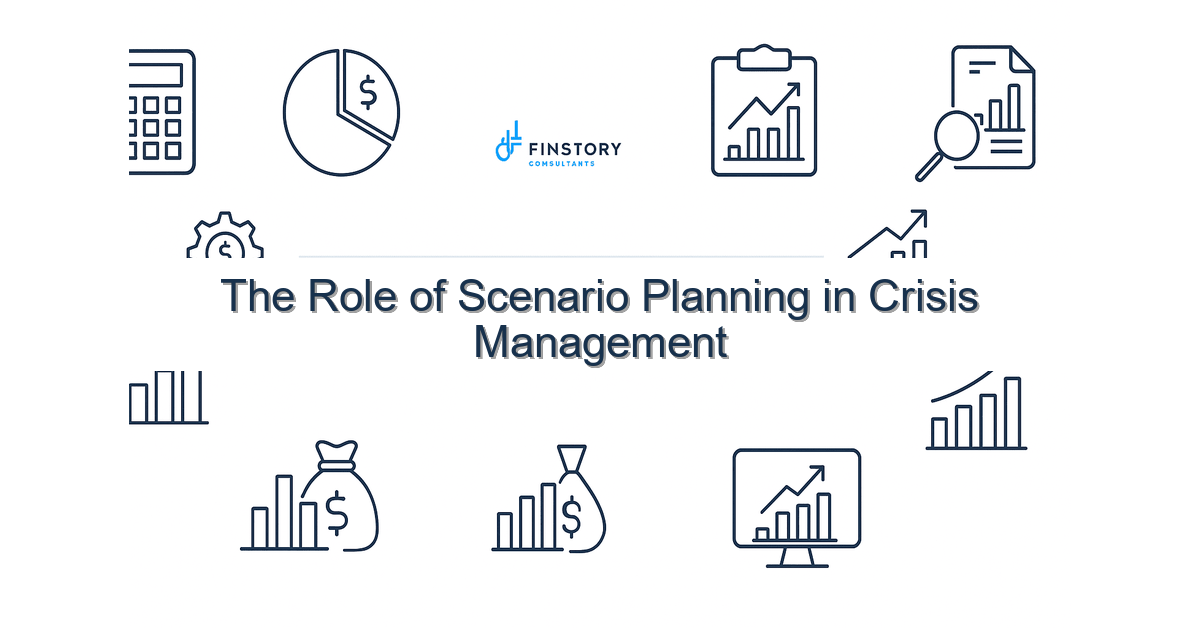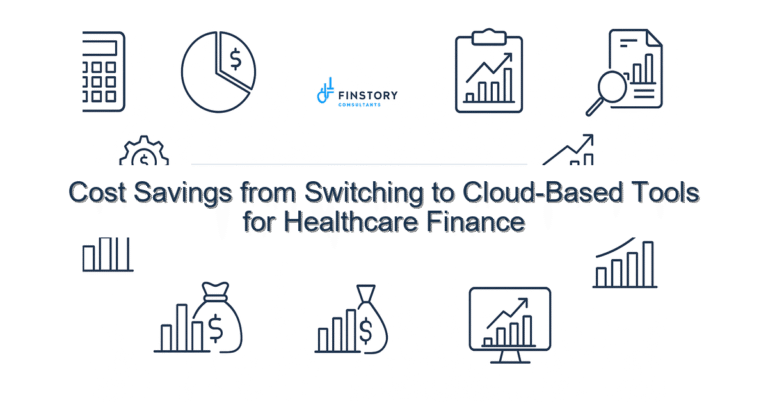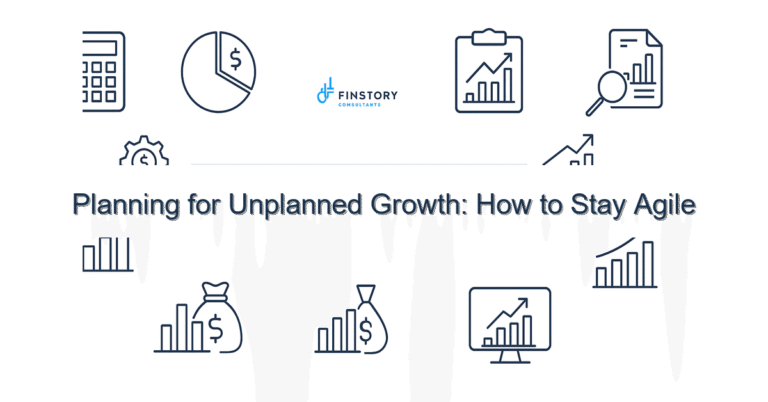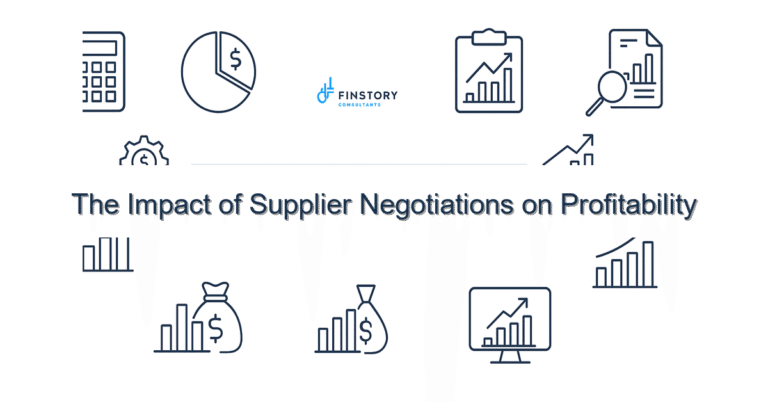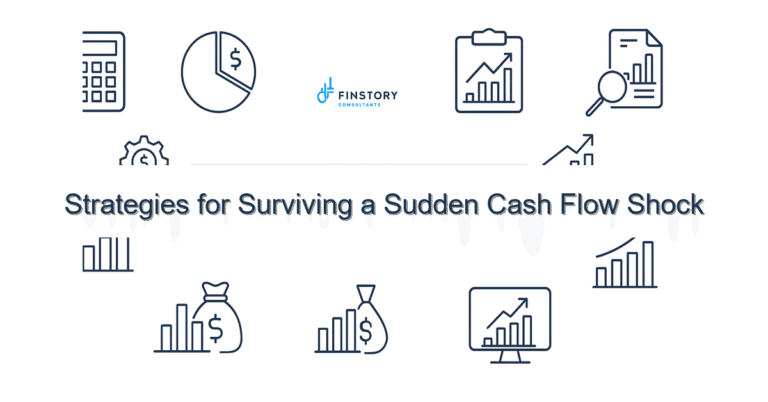The Role of Scenario Planning in Crisis Management
When a supply shortage, sudden patient surge, or reimbursement shock hits, it feels personal. You’re accountable for patient care, staff safety, and a budget that can’t stretch overnight. You need clarity fast—not another theoretical plan.
Summary: Scenario planning in crisis management gives healthcare operations leaders and finance heads a repeatable way to stress-test assumptions, make faster trade-offs, and protect cash and clinical capacity. With a small set of scenarios, clear triggers, and a decision matrix tied to finance systems, you turn uncertainty into actionable choices.
What’s the real problem?
In crisis, the real issue isn’t that the unexpected happens. It’s that teams aren’t set up to evaluate plausible futures quickly and translate them into operational and financial decisions.
- Budgets and forecasts are static—updated quarterly and useless the day conditions change.
- Operations and finance speak different languages: bed capacity versus burn rate.
- Decisions stack up on a few leaders because clear triggers and delegated actions don’t exist.
- Data is scattered across systems, so you spend hours compiling answers you need in minutes.
What leaders get wrong
Leaders often default to optimism bias or paralysis. Both are costly.
Common pitfalls:
- Building 20 bespoke scenarios nobody will run—complexity kills usability.
- Tying scenarios to vague actions like “increase capacity” without costed trade-offs.
- Waiting for perfect data before making decisions—delay can mean lost beds, lost cash, or lost trust.
- Leaving scenario planning to a single function (usually strategy) instead of embedding it in operations and finance.
A better approach
A pragmatic scenario planning process focuses on a few high-impact futures, clear triggers, and operational decision rules that finance already measures.
Try this 4-step framework:
- Define the decision set. Identify the 8–12 decisions that matter in a crisis (e.g., elective surgery ramp-down, agency staffing, supply reallocation, capital delays).
- Create 3 focused scenarios. Base Case, Stress Case (e.g., 25–40% inpatient surge), and Severe Case (e.g., supply chain failure + volume surge). Keep assumptions explicit: volumes, lengths of stay, reimbursement changes.
- Map triggers to actions. For each scenario, define measurable triggers (e.g., ICU occupancy >85% for 72 hours; cash runway <30 days) and the pre-approved actions tied to finance and operations playbooks.
- Embed into cadence and systems. Automate scenario recalculation weekly/daily with finance automation and dashboards; review in leadership huddles with a one-page decision matrix.
Short story: During a regional flu surge, one hospital’s CFO and COO pre-built a Stress Case that included a 30% surgery deferral. When ICU occupancy hit the trigger, they paused electives within 24 hours, redeployed staff, and avoided an emergency agency spend that would have doubled labor costs. The upfront work saved an estimated $1.2M in margin leakage over four weeks.
Quick implementation checklist
- Pick 3 scenarios and name them (Base, Stress, Severe).
- List the top 8 operational & financial decisions to protect first.
- Define 4–6 measurable triggers (occupancy, cash runway, supply-days-on-hand, revenue decline %).
- Assign owners and pre-approve one-line actions for each trigger.
- Build a simple Excel or Power BI dashboard that shows scenario outputs side-by-side.
- Automate data pulls for occupancy, billings, and cash balance with finance automation tools.
- Pre-cost the actions so any decision displays net cash impact immediately.
- Practice the playbook in a tabletop exercise once per quarter.
- Set a review cadence: daily huddle during crisis, weekly otherwise.
What success looks like
Measure scenario planning like any other capability—by outcomes and speed:
- Decision lead time reduced: from days to hours (target <8 hours for trigger-response).
- Forecast accuracy in stress windows: variance to actuals within ±10% for key drivers (volumes, revenue).
- Cash runway preserved: avoid dipping below pre-defined minimum (e.g., 30 days) during 90% of stress events.
- Labor cost avoidance: reduced agency premium spend by 20–40% during surge events.
- Operational availability: maintain >90% of critical service lines during a Stress Case.
- ROI on scenario planning: implementable playbooks yield measurable savings or avoided losses within the first 6 months.
Risks & how to manage them
Top risks and mitigations:
- Risk: Overcomplication—too many scenarios or metrics. Mitigation: Limit to 3 scenarios and focus on 8–12 decisions.
- Risk: Data latency leads to wrong triggers. Mitigation: Integrate key feeds (EHR census, cash balance, payor receipts) and use near-real-time dashboards.
- Risk: No authority to act when triggers hit. Mitigation: Pre-authorize actions and document delegated authority in the plan.
Tools & data
Scenario planning works best when finance automation, analytics, and leadership reporting are aligned.
- Use finance automation to pull actuals and update cash models daily—this keeps your cash runway accurate.
- Power BI or similar visualization tools can present scenario outputs and triggers on one screen for leadership huddles.
- Integrate operational feeds (EHR census, OR scheduling, supply inventory) so scenario inputs reflect live conditions.
- Ensure your FP&A model has modular assumptions for volumes, payer mix, and cost drivers so scenarios can be toggled quickly.
FAQs
Q: How many scenarios should we maintain?
A: Start with three: Base, Stress, Severe. More adds confusion; fewer misses nuance.
Q: How often should we recalculate scenarios?
A: Daily during active crisis; weekly in higher-uncertainty periods; monthly in stable times.
Q: Who should own scenario planning?
A: A cross-functional small team—finance (CFO/FP&A), operations lead (COO/Director of Nursing), and supply chain—with a named owner who runs cadence and updates triggers.
Q: Can scenario planning replace a reserve or line of credit?
A: No—it’s complementary. Scenario planning clarifies when to draw reserves or taps into credit and can reduce the amount you need by revealing cheaper operational responses.
Next steps
If you’re ready to move from theory to a repeatable, finance-linked crisis playbook, start with a two-week sprint: define scenarios, wire core data, and produce a one-page decision matrix your leadership can use in a crisis.
We can help you run that sprint, put the dashboards in Power BI, and integrate finance automation so triggers update automatically.
CTA: Want a quick assessment of your current scenario planning capability—especially scenario planning for healthcare operations or scenario planning for hospital finance teams? Contact Finstory to map a tailored plan and run a tabletop exercise. If you’re a CFO or FP&A lead, we’ll focus on cash, costing, and decision velocity so your next crisis becomes a controlled response rather than a scramble. Learn more through our financial automation and rolling forecasting offerings, or read our take on cash flow forecasting.
Work with Finstory. If you want this done right—tailored to your operations—we’ll map the process, stand up the dashboards, and train your team. Let’s talk about your goals.
📞 Ready to take the next step?
Book a 20-min call with our experts and see how we can help your team move faster.
Prefer email or phone? Write to info@finstory.net
or call +91 44-45811170.
